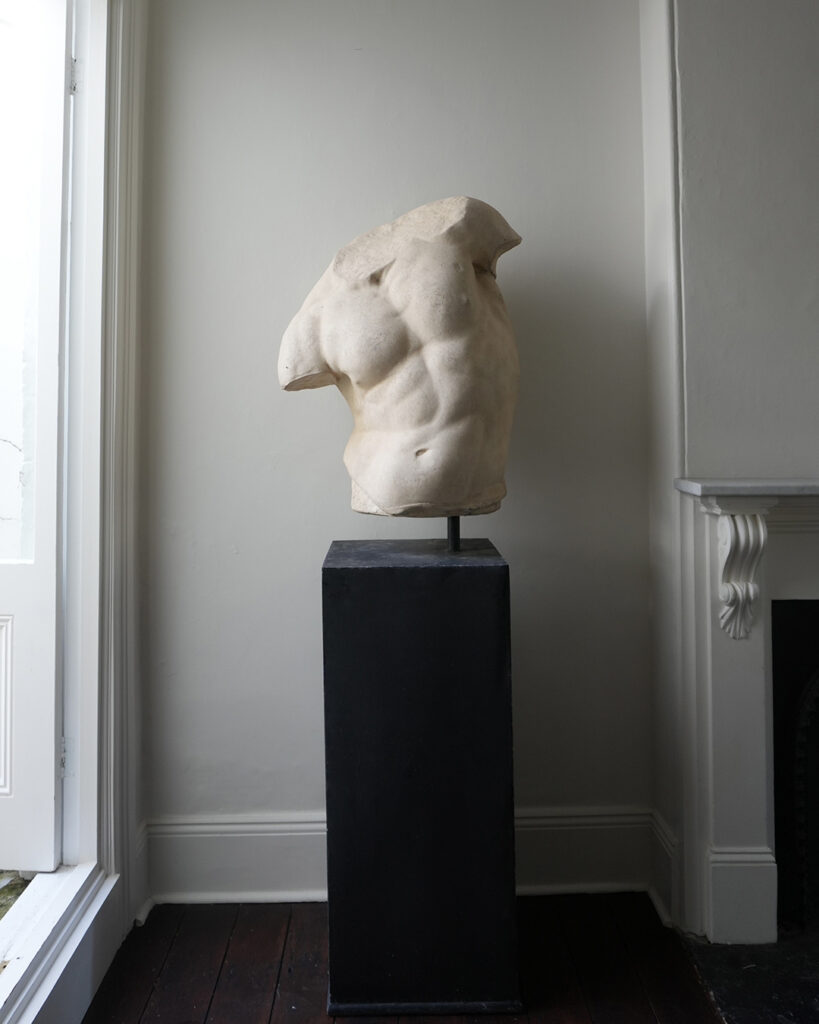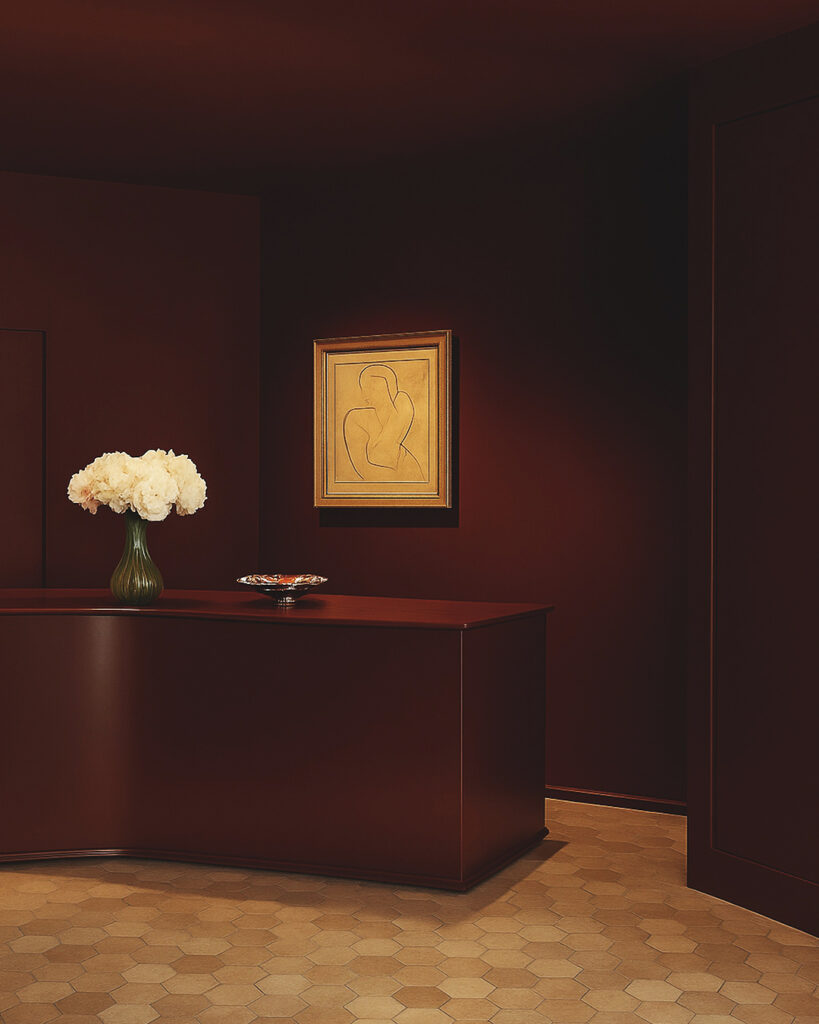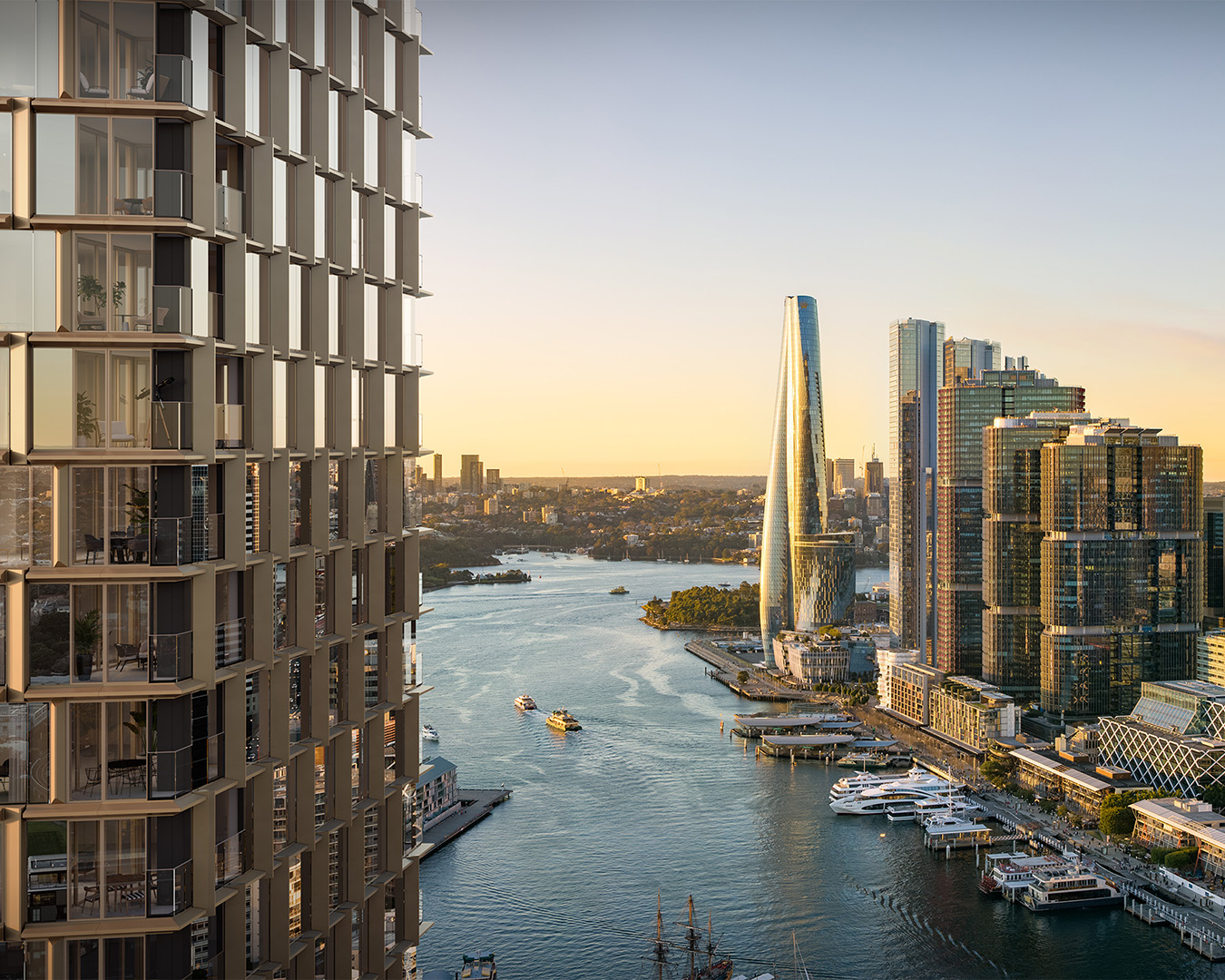Why the most memorable rooms make you feel, not just look
The secret to creating an energising home? Imbuing it with emotion, personal history and bold, eclectic choices

WHEN YOU THINK ABOUT DESIGN and emotion, the connection feels obvious – natural, even. The two are inextricably linked, whether we’re conscious of it or not. The most memorable spaces, the ones we return to in our minds, don’t just look beautiful; they make us feel something.
And here’s the beauty of it: when a designer creates a space with feeling in mind, it will almost always evoke something in others, too, even if their reference points are entirely different. Emotion is universal, even when its sources are not.
The story behind the space

Take the banquette room in my own home. It was recently renovated to conjure the mood of an intimate French bistro. One particular memory shaped it: a little restaurant hidden among the winding backstreets of Paris’ 5th arrondissement.
My husband and I had just landed, jet-lagged and jittery, and stumbled into a warm, cabochon-floored bistro. Within minutes, we were sipping a carafe of house red, nibbling on Gruyère, baguette and salted butter. Simple, cosy, immersive . . . it felt like we’d been wrapped in another world entirely, and the long journey to get there was but a distant memory.
Now, you may not know that backstory when you sit in our banquette nook. But that’s part of the fun. You might be reminded of somewhere entirely different: a Sicilian courtyard at dusk, your grandmother’s dining room, or a cafe tucked behind a Spanish square. Good design invites you to bring your own memories to the table, and to tell your own stories.
The role of art in stirring emotion

If your space feels flat or lacks emotional warmth, don’t worry – there’s plenty that can be done. A neutral canvas isn’t a failure; it’s simply a starting point.
Art is a powerful way to inject feeling into a room (think sculpture, paintings), as are layered lighting, heavy curtains or custom Roman blinds. All these elements are expressive tools, each capable of transforming the atmosphere in a heartbeat.
Nothing compares to walking into a space that feels alive – filled with objects collected over time, pieces that draw the eye and ask you to stay a while. A home should unfold slowly, and be treated like a marathon, not a sprint.
Curating over time
On a recent trip to Europe, I came home with luggage brimming with Murano glass, ceramic plates, vintage curtains and antique glassware. Each item, collected in a different city, brings with it a memory – of a long lunch, a late-night conversation, or dusty little shops where time seems to stand still.
That’s the joy of layering a space with meaning. A book I made at art school now rests beneath an ashtray from a tiny northern Italian village. They’re lifetimes apart, but somehow perfectly at home together – neighbouring threads in the same emotional tapestry.
Don’t be afraid of scale
In design, we’re often governed by limitations: what fits above the couch, or within the bounds of a particular wall. But instead of letting what’s already there dictate your choices, I encourage you to throw caution to the wind. Two of the largest – and arguably best – pieces in my home were found at auction. You can know something’s measurements, but you never truly know how big it <feels> – for better or worse – until it’s in your space.
Now, we have a soaring painting by Australian visual artist Alan Daniel Jones in our formal lounge that’s far larger than I would’ve ever selected for that particular wall. Alongside it stands an antique marble-composite male bust, an imposing 2.1 metres tall, that gives the room a striking, museum-like feel.
Had I seen these pieces in a retail setting, I’d have probably dismissed them both as too big. But that’s the beauty of auction: you deal with the scale when it arrives. And in this case, the risk more than paid off.
The power of colour and courage

Of course, there are bolder, more immediate ways to elicit emotion. Colour drenching a room in a single shade can instantly shift the mood. Whether it’s a moody blue, joyful yellow or deep red, colour is visceral. It provokes.
Much like life, design should be playful, imperfect and occasionally impulsive. Fear of change is often really fear of failure. But the risk lies not in <doing> something bold; it lies in not doing it.
So go ahead. Buy some deep maroon paint or a sculpture fit for a museum and throw caution to the wind. You never know: it might just be what your home needed, after all.
The final thread
At the end of the day, design isn’t just about rooms or objects. It’s about how we move through the world, and how the world moves through us.
A well-loved home becomes a kind of living journal: layered with eras, encounters, cities and selves. Just like people, it should evolve, shaped piece by piece, moment by moment, never quite finished, always unfolding. The spaces we create are maps of where we’ve been and hints of where we’re going. And when we design with emotion at the centre, we aren’t just shaping interiors; we’re shaping the way we feel, remember and connect.
All of us are designing a life. And if there’s one thing we know for sure, it’s that it will come to an end. Best not hold back.
Related:
Artist Jonny Niesche takes us on a tour of his home
How industrial designer Henry Wilson found his missing piece














